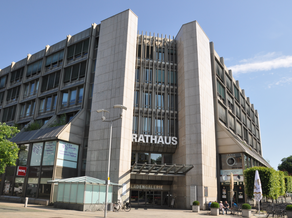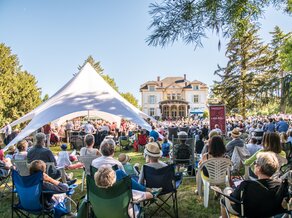History of Kirdorf
The history of Kirdorf is heavily influenced by the Celts. the so-called church village was first mentioned in writing in 892. After Kirdorf was in the possession of the Mainzsches, it remained in the hands of the Lords of Eppstein for a long time. Kirdorf became Lutheran in 1540 with the next local lord. Just a few years later, the Catholic faith was reintroduced under the renewed rule of an archbishop of Mainz. Kirdorf remained purely Catholic for a long time, in a rather Protestant environment.
in 1622, a large part of Kirdorf burned down. The rebuilding of the Catholic church dragged on. This church was also often affected in the further course of history. in 1862, today's St. John's Church, also known as the Taunus Cathedral, was solemnly consecrated. in 1911, a Protestant church service was once again held in Kirdorf, which was dominated by Catholics. Kirdorf first came into contact with Homburg in 1858. From this time onwards, the two parties engaged in a variety of activities until the incorporation in 1901. Over the years, residential areas developed and the infrastructure was further expanded with a comprehensive school and the community center.






